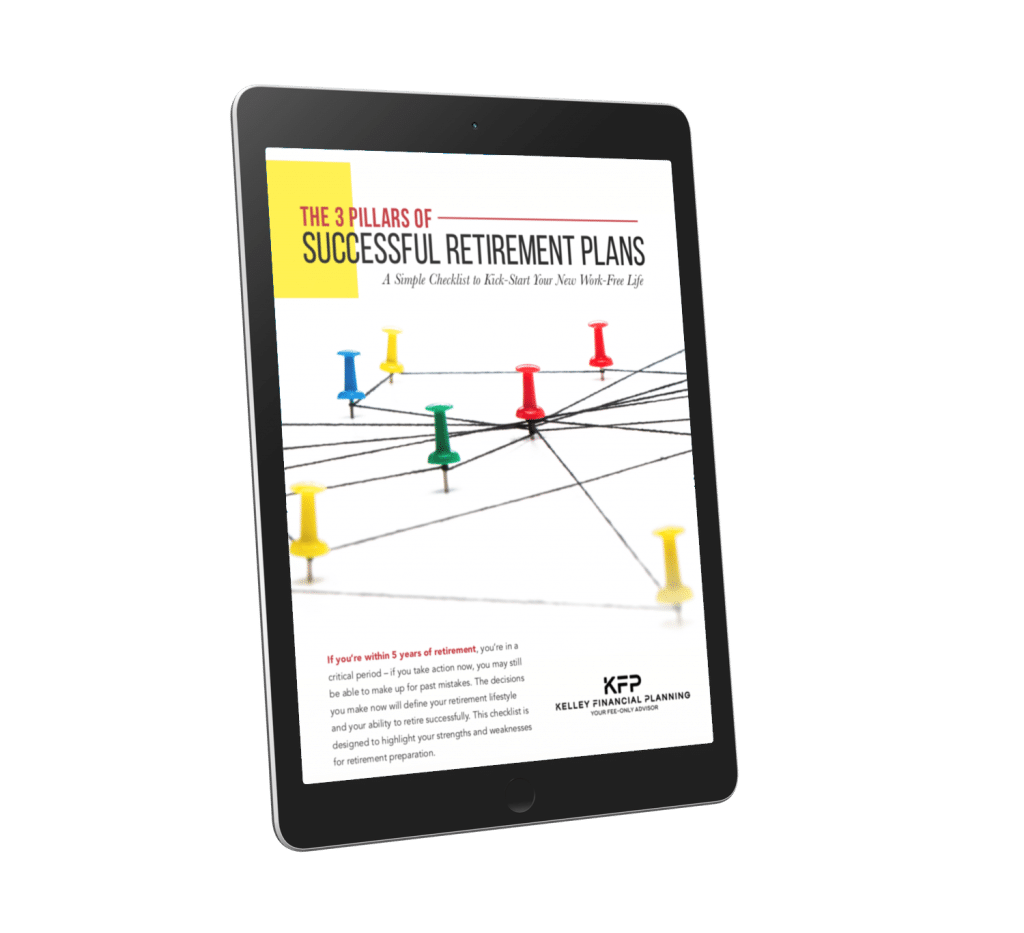Changing jobs is a part of life. Knowing what your options are with your old retirement plan can make the transition a little easier.
Option 1: You can leave it alone.
- Pros:
- You don’t have to do anything. You can just leave it be.
- Cons:
- Now that you’re no longer an employee there may be extra fees that are associated with that 401(k)
- The 401(k) provider may change and your login information may no longer be valid and you will have to figure out where the 401(k) has moved to
- You will also be limited to the investment options that are inside of that 401(k)
- You may forget to change the beneficiaries as your life changes
- Or maybe you forget about the account altogether
Option 2: Move it to your new employer’s 401(k)
- Pros:
- Consolidating your accounts will help to simplify your life.
- Cons:
- The new 401(k) may have higher expenses
- The new 401(k) may have worse investment options
Option 3: Cash out the old 401(k)
- Pros:
- You can now do whatever you want with the money.
- Cons:
- Unless you’re over age 59.5, a 10% early withdrawal penalty will be applied by the IRS
- The amount you cash out will be subject to Federal and State taxes in the year you take the distribution
- Cashing it out could be destroying your retirement nest egg
Option 4: Roll it over to an IRA (Individual Retirement Account)
- Pros:
- You will now have unlimited investment options
- More transparency over the fund expenses and the maintenance fees
- Cons:
- You will have to do some legwork:
- Open an IRA
- Transfer the 401(k) to that new IRA
- Select the investments
- Monitor the investments
- And rebalance the portfolio 1-2 times per year
- You will have to do some legwork:













